Singapore Design Week: 10 Southeast Asian artists about to go on show at Emerge, part of Find – Design Fair Asia
Curated by Design Anthology’s Suzy Annetta, Emerge @ Find brings together up-and-coming talents from around the region alongside more established names, beginning September 26 at Marina Bay Sands
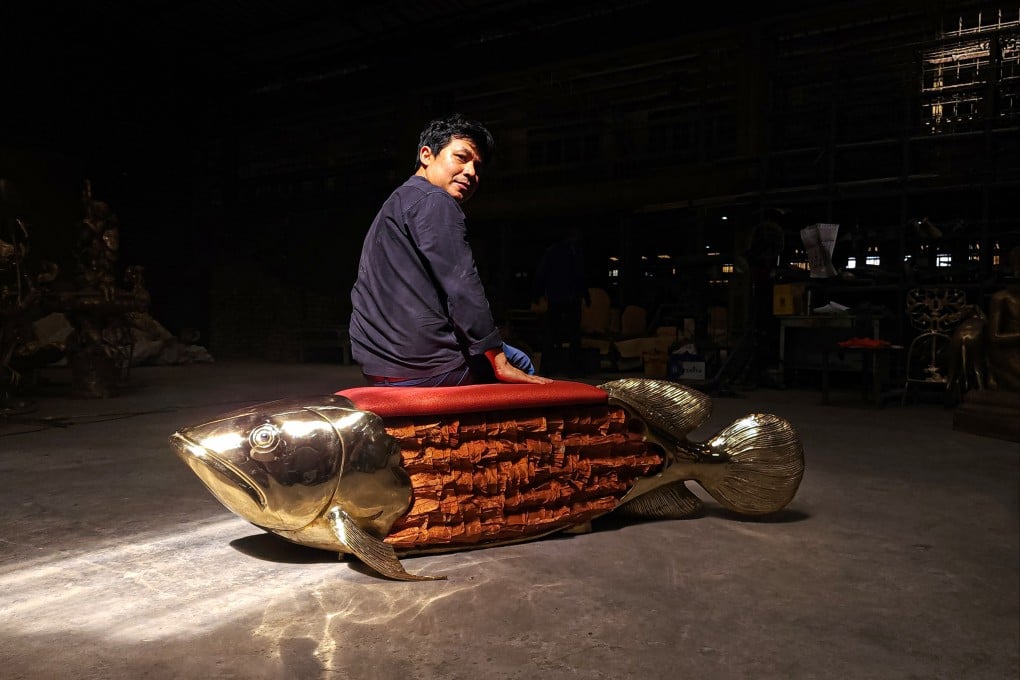
Now in its third edition, Emerge @ Find brings together up-and-coming Southeast Asian talents alongside more established names. Curated by Design Anthology’s Suzy Annetta, the showcase is part of Find – Design Fair Asia, which takes place from September 26 to 28 at Marina Bay Sands Expo and Convention Centre, during Singapore Design Week.
This year’s showcase features more than 50 designers from Indonesia, Malaysia, the Philippines, Thailand, Singapore and Vietnam, each offering a different take on the show’s theme, “These Precious Things”. In a departure from previous years, selected entries will be available for sale at online art gallery The Artling, until September 28.
1. Apiwat Chitapanya, Thailand
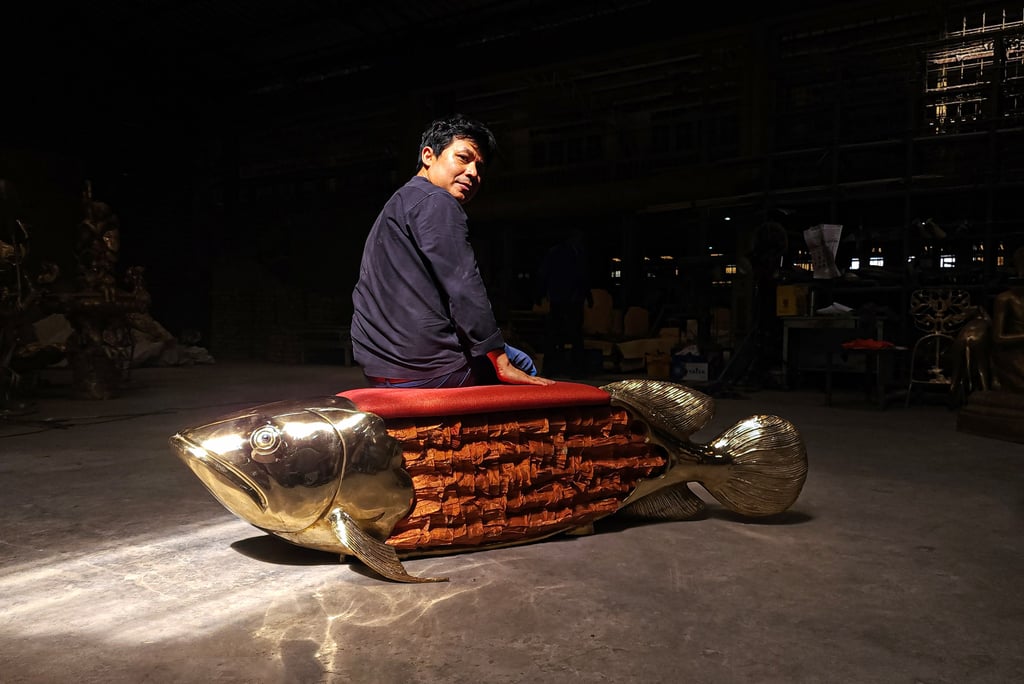
The concept of value takes on a distinctly mythical and Southeast Asian spin with Thai designer Apiwat Chitapanya’s entry. A collaboration with brass-furniture brand Masaya, it is a brass bench shaped like a giant, gleaming arowana fish, a symbol of good fortune in many Southeast Asian cultures. The scales are made from hand-folded copper fabric, which gives a lifelike appearance, and its eyes are sparkling sterling silver.
2. Abie Abdillah, Indonesia
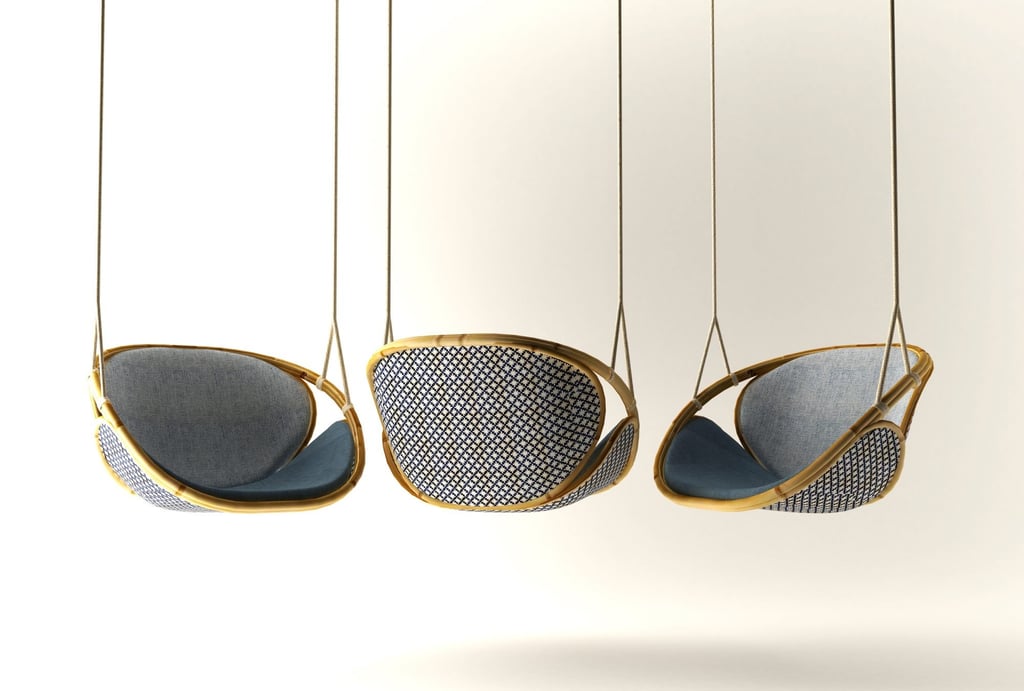
Abdillah, the founder of Studiohiji, focuses on contemporary furniture made of rattan, a renewable material. The Jakarta-based design studio continues the conversation about sustainability with the Kupu-Kupu hanging chair. Kupu-Kupu means “butterfly” in Indonesian, and the chair is so named for the intricate motif woven into the backrest and in the shape of each chair. It also references traditional Indonesian symbolism – it is believed that when a butterfly visits your house, you will have a guest or family coming around.
3. Nguyen Anh Tuan, Vietnam
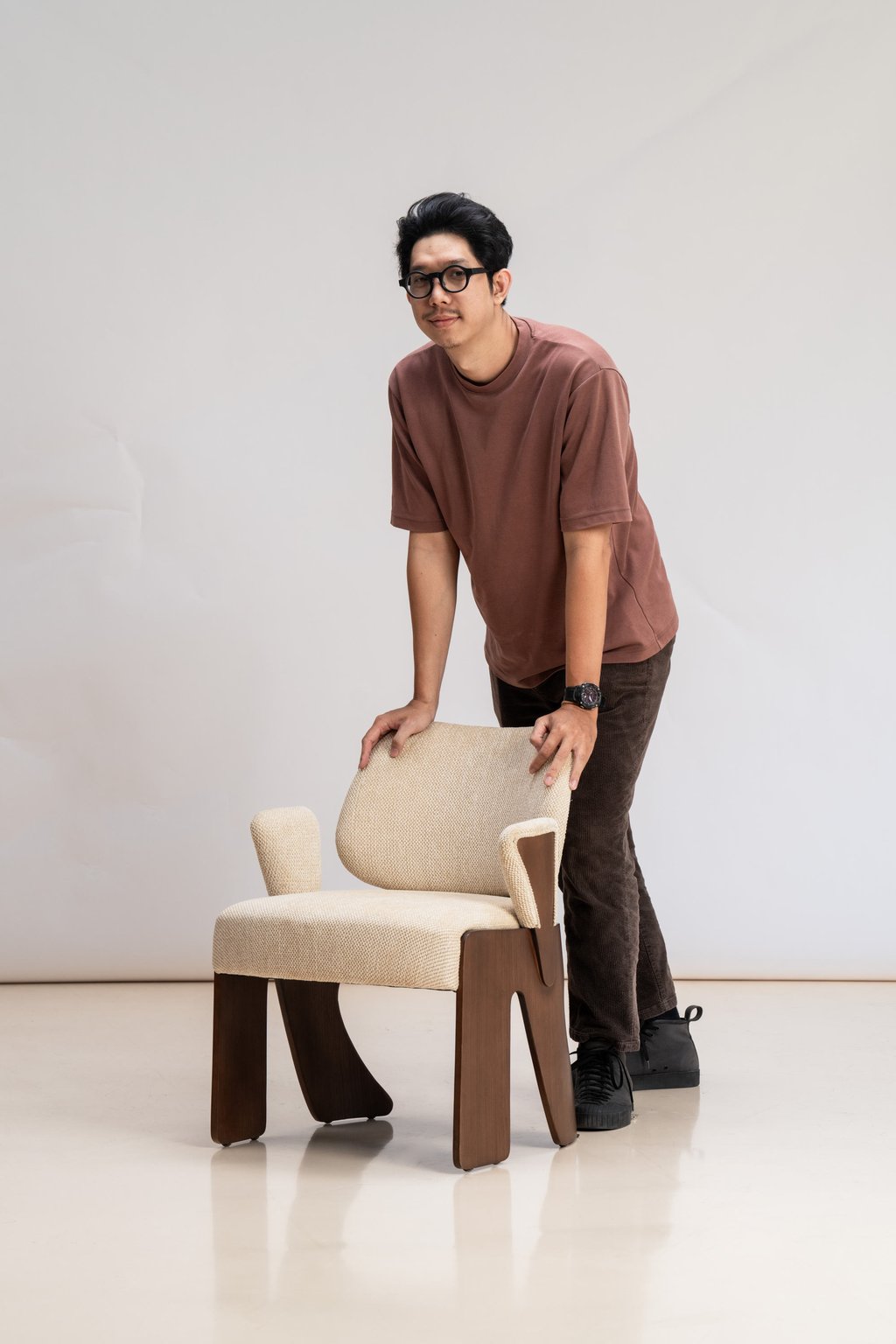
More than half of this year’s Vietnamese contingent is made up of new faces, one of whom is Nguyen Anh Tuan. His Flippo chair is cleverly made up of a single curved panel of red oak plywood.
4. Lin Qiuxia, Singapore
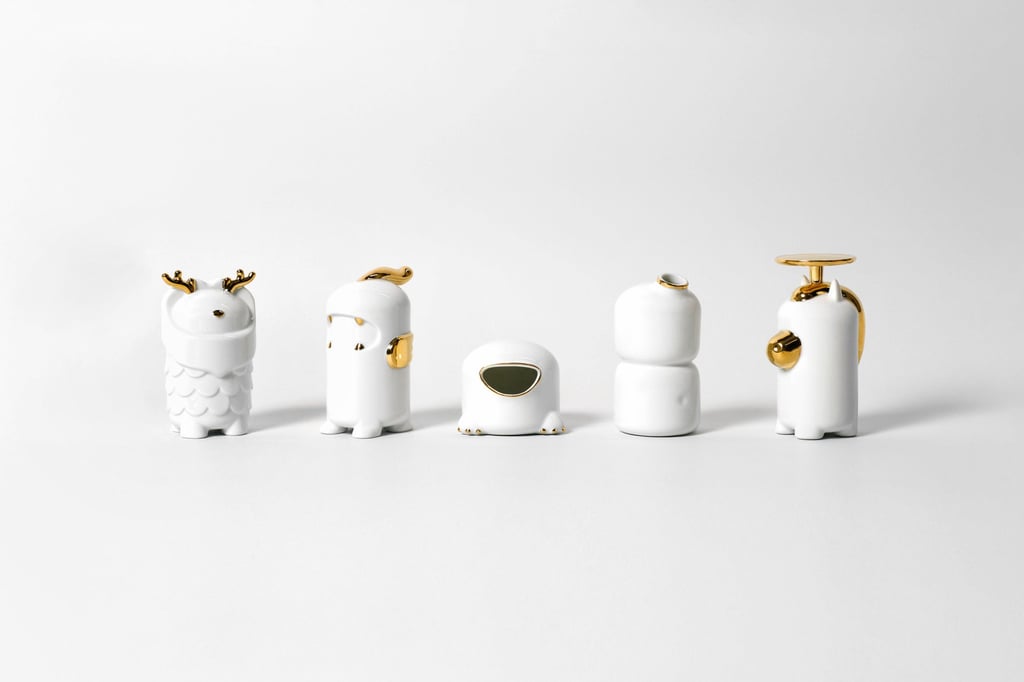
5. Raweewan Rangseethanasak, Thailand
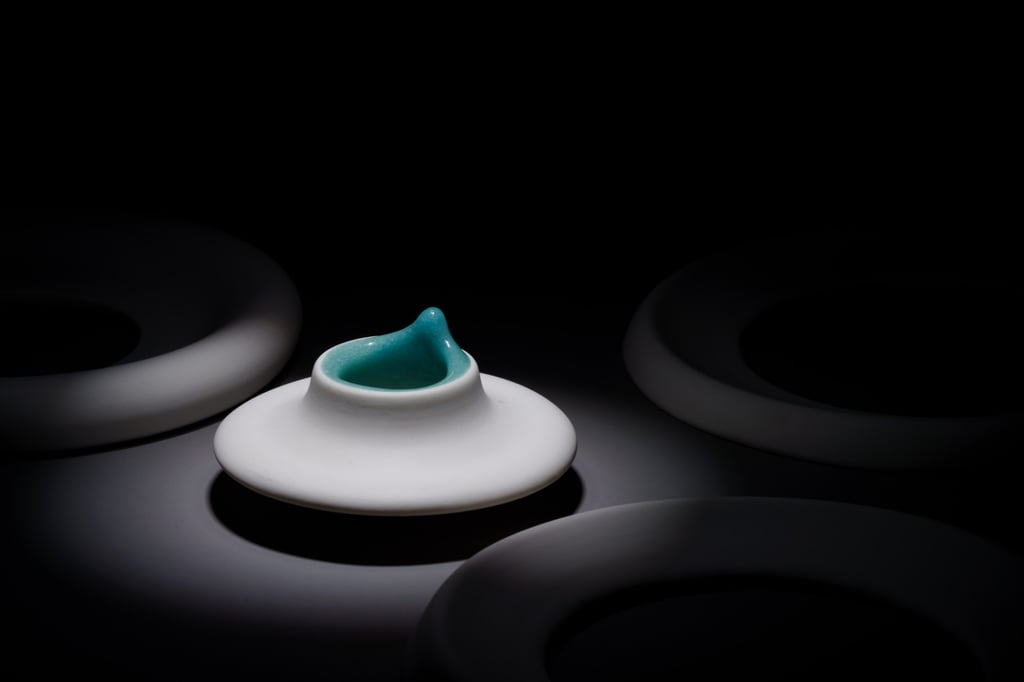
A newcomer to Emerge, Raweewan Rangseethanasak studied industrial design but developed a keen interest in ceramics. Her debut at Emerge is a poetic installation of ceramic artworks. Each is shaped like a single raindrop suspended in time, captured as it hits the surface of a body of water.
6. Alvin Tjitrowirjo, Indonesia
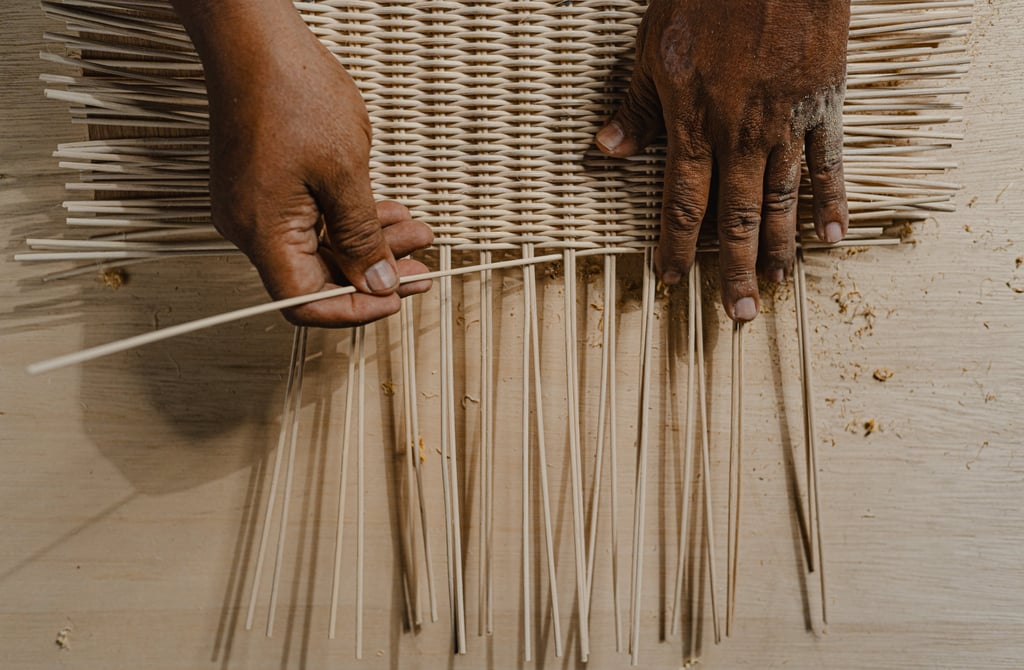
Tjitrowirjo, the founder of Jakarta-based furniture brand alvinT, is known for his artisanal approach and focus on Indonesia’s heritage. His modest-looking Jiwa shelf boasts smooth, organic curves and is crafted primarily from rattan sustainably sourced from Central Kalimantan. The shelf is handmade, like all the pieces at his studio, and references the ceremonial act of paying respects to ancestors and cultural tradition.
7. Karyn Lim, Singapore
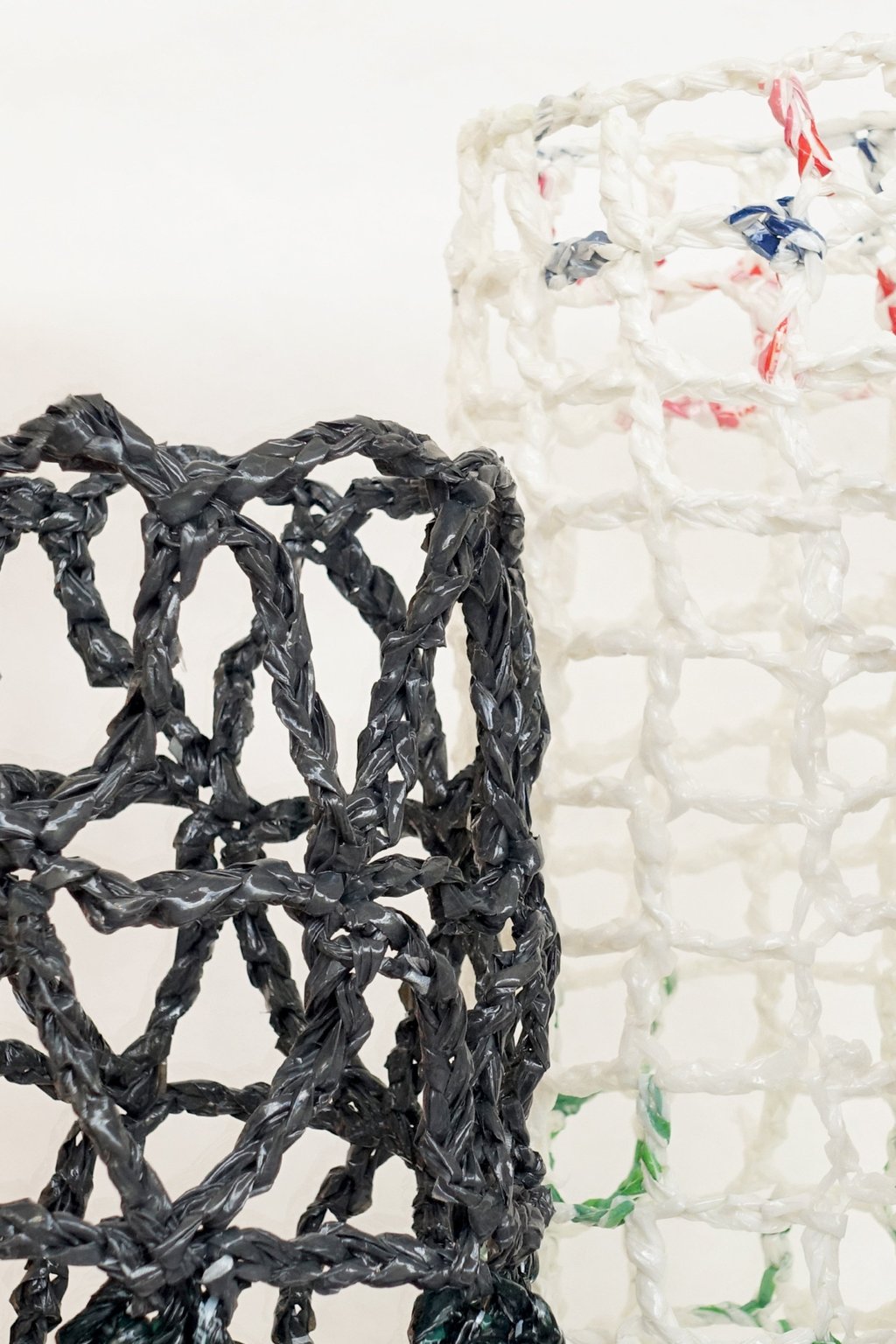
An established name on the Singapore design scene, the founder of Studio Karyn Lim shares a plastic fantastic take with her So Plast!c collection of small tables and vessels. Used plastic bags are turned into plastic yarn, then crocheted by hand into sculptural objets d’art, while bottle caps and packaging become ecopolymer sheets that are transformed into chic tables.
8. Saran Yen Panya, Thailand
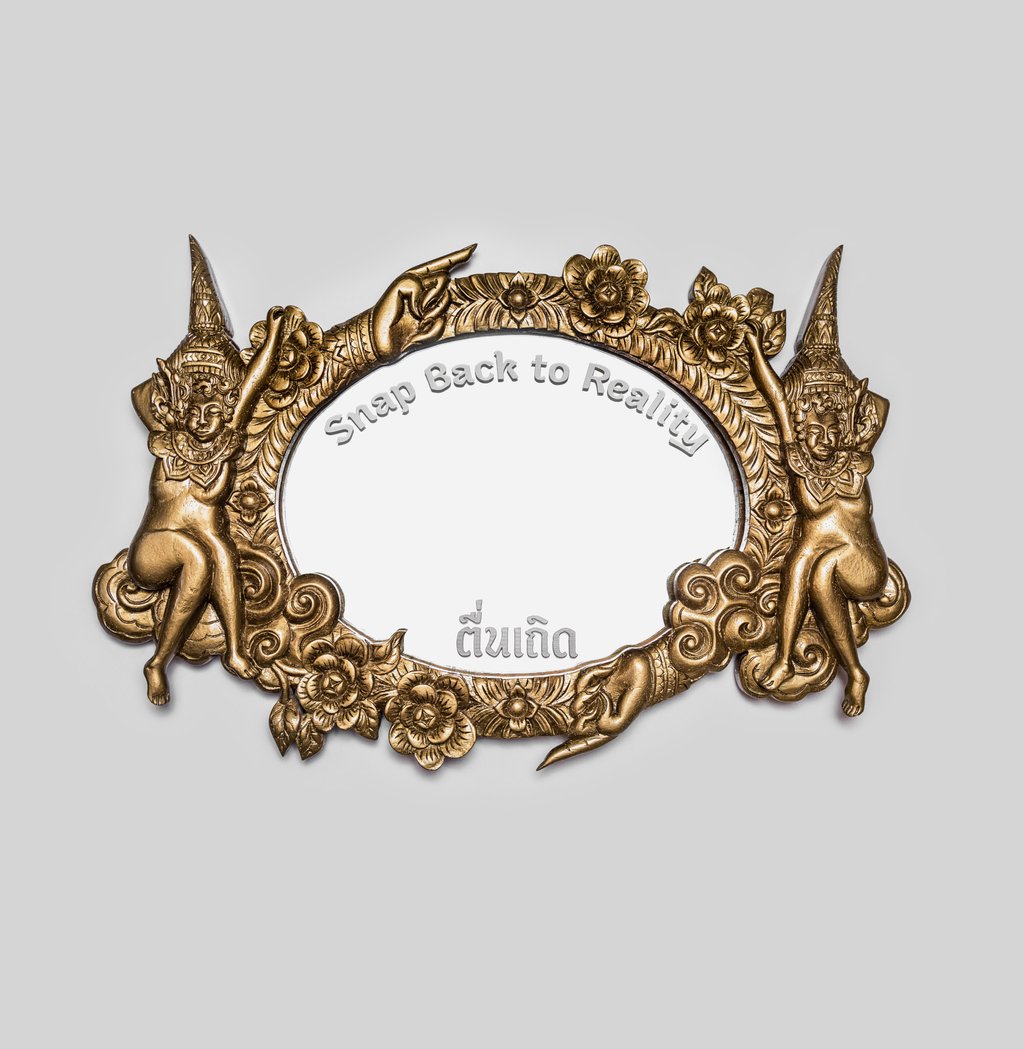
A well-established name in Thailand, Saran Yen Panya, creative director of 56th Studio, is quite the renaissance man, with his fingers in many pies – from art and design to e-commerce and food. His entry for Emerge offers a postmodern take on the theme – an ornate vanity mirror emblazoned with a sharp call to “snap back to reality”.
9. Rita Nazareno and Gabriel Lichauco, The Philippines
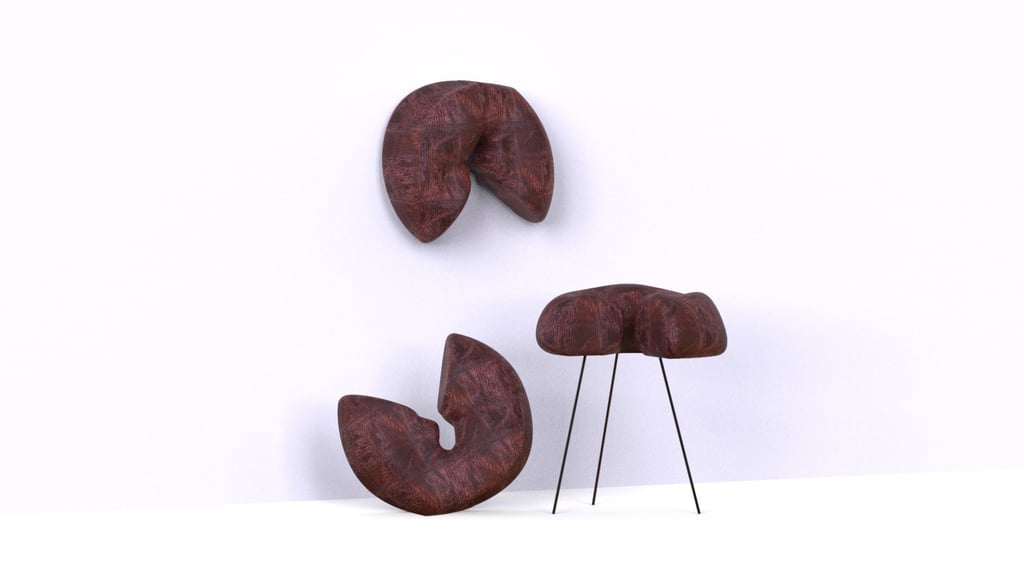
Nazareno/Lichauco’s Panika comprises a wall piece, sculpture and side table made of woven wicker and chair cane. The pieces are shaped like barter rings – ringlike gold ingots used as currency in the pre-colonial Philippines until the 16th century. “They were the only ones that were very literal in their interpretation of value,” says Annetta. “But it’s not just about the currency, there is also a sense of history and culture that has been perhaps forgotten.”
10. Mohd Sujak Hasbollah, Malaysia
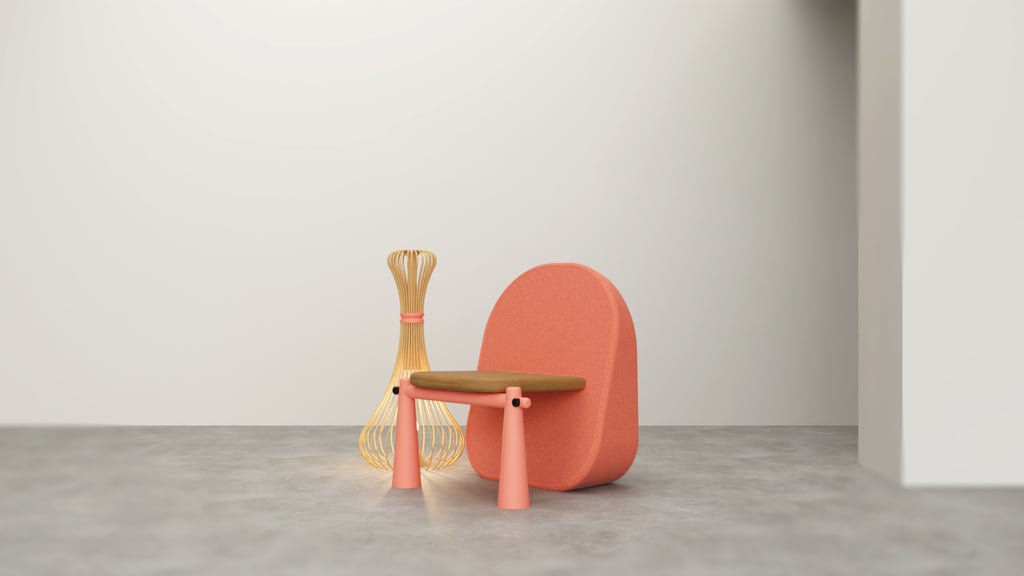
The Lokka Chair, by Sujak Studio’s Mohd Sujak Hasbollah, a newcomer to Emerge, explores traditional techniques and their relevance in contemporary design. In its blend of old and new, Lokka pays tribute to the traditional woodworking method pasak, which relies on wooden nails to join components.
